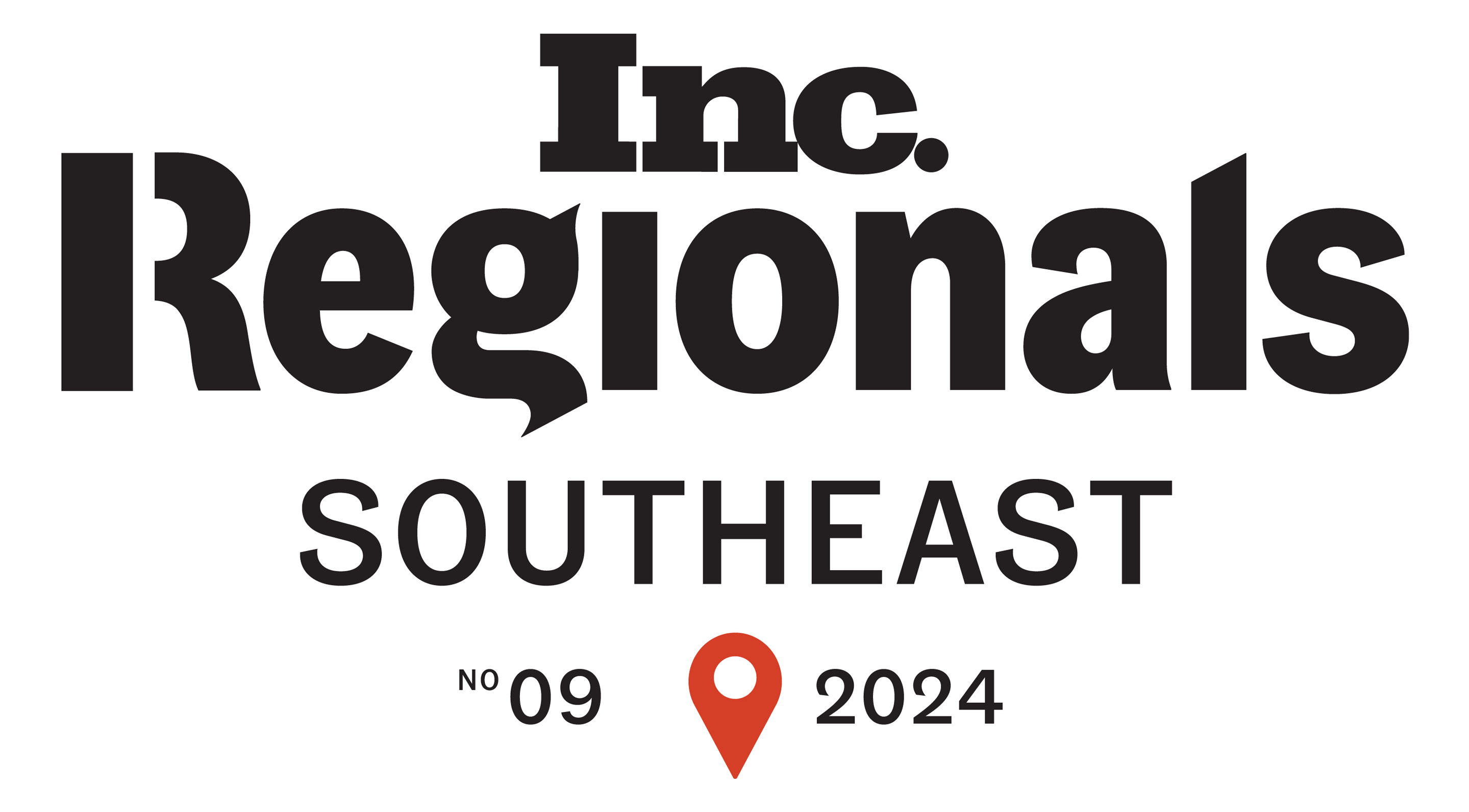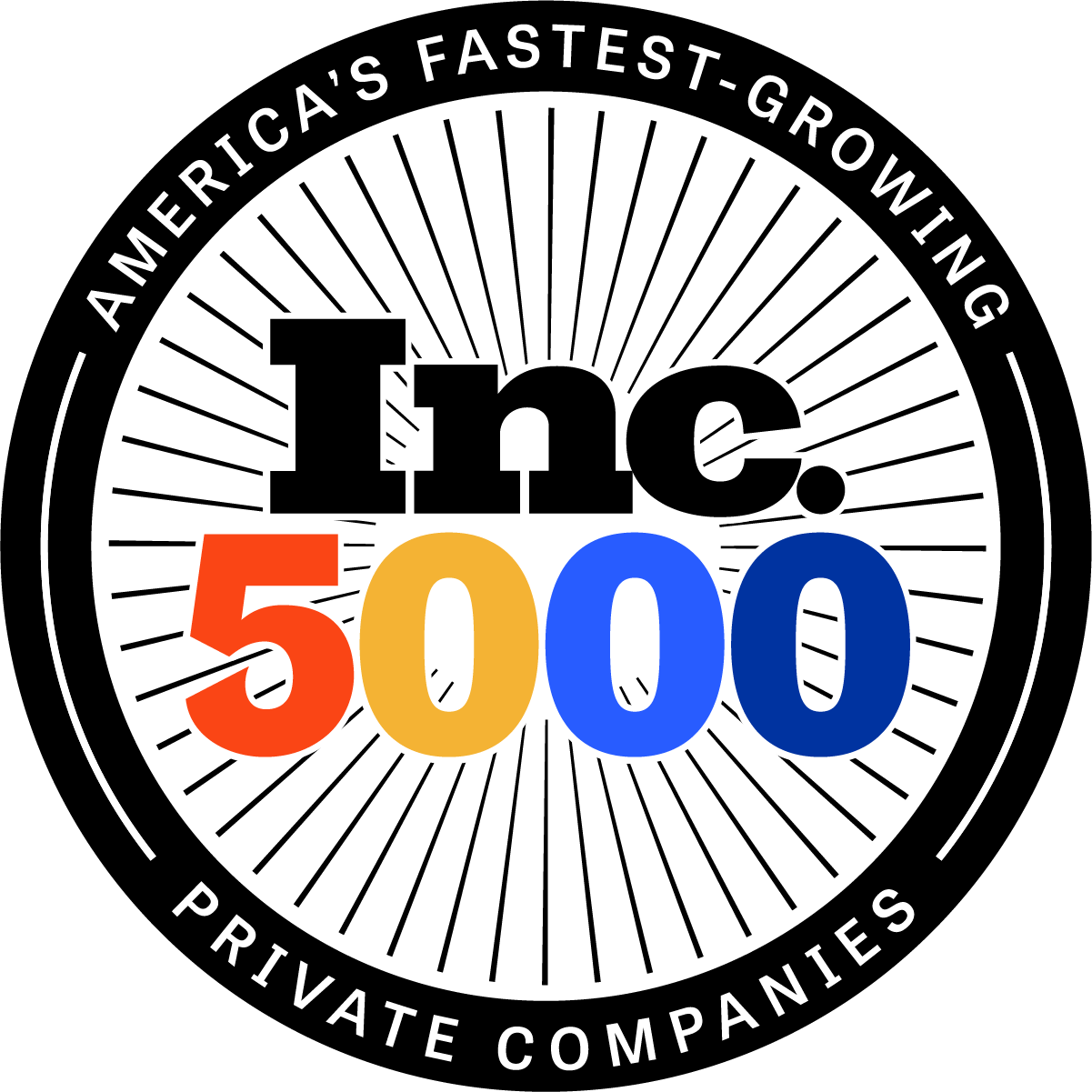Have you ever purchased a product only to encounter issues with its warranty? For manufacturers and original equipment manufacturers (OEMs), ensuring compliance with warranty regulations is crucial. Warranty compliance auditing helps identify gaps and ensure adherence to legal requirements, industry standards, and contractual obligations.
Neglecting warranty compliance can lead to severe consequences, including financial penalties, legal battles, and damage to your brand's reputation. By prioritizing compliance, you can build customer trust, mitigate risks, and gain a competitive edge in the market.
In this comprehensive guide, we'll explore the key benefits of implementing robust warranty compliance auditing processes, common challenges faced by manufacturers and OEMs, and practical steps for conducting audits effectively. Additionally, we'll delve into the role of technology, best practices for documentation, and the importance of data analytics in driving continuous improvement.
Reaping the Rewards: Key Benefits of Warranty Compliance Auditing
Implementing a robust warranty compliance auditing process offers numerous benefits that can positively impact your business in various aspects. Here are some compelling advantages:
Enhancing Brand Reputation and Customer Loyalty
When companies follow warranty rules diligently, they build trust with their customers. Consumers feel more confident purchasing from a brand that respects its warranty obligations, leading to increased brand loyalty and positive word-of-mouth. A strong reputation for warranty compliance can be a significant competitive advantage in today's crowded marketplace.
Mitigating Legal and Financial Risks
One of the primary reasons for conducting warranty compliance audits is to avoid legal troubles and financial penalties. Failing to comply with warranty regulations can result in lawsuits, regulatory investigations, and hefty fines, which can be detrimental to your business's bottom line. Regular audits help identify potential issues early, allowing you to take corrective actions and avoid costly legal battles.
Improving Operational Efficiency and Cost Savings
By auditing warranty processes, manufacturers and OEMs can identify areas for improvement and streamline operations. Optimized procedures lead to greater efficiency, reduced waste, and cost savings that can positively impact profitability. Additionally, regular audits can help manufacturers avoid unnecessary expenses associated with non-compliance, such as fines and legal fees.
Gaining a Competitive Advantage
Compliance with warranty regulations is not just about avoiding penalties; it can also serve as a strategic advantage in the market. Customers and partners are more likely to collaborate with companies that have a proven track record of following the rules. A robust compliance program can differentiate your brand and position you as a reliable and trustworthy partner.
Adapting to Regulatory Changes and Mitigating Risks
The regulatory landscape is constantly evolving, and manufacturers must stay informed about changes that may impact their warranty processes. Auditing for compliance helps identify potential areas of non-compliance and allows businesses to adapt their processes proactively, reducing the risk of being caught off guard by new regulations.

Common Compliance Challenges Faced by Manufacturers and OEMs
While the benefits of warranty compliance auditing are clear, manufacturers and OEMs often face various challenges in implementing and maintaining effective processes. Some common obstacles include:
Keeping Up with Regulatory Changes
One of the biggest challenges in warranty compliance is staying up-to-date with changing regulations. Laws and industry standards can evolve rapidly, and what was compliant one year may not be the next. Manufacturers must proactively monitor regulatory changes and adapt their processes accordingly to avoid non-compliance.
Managing Compliance Across Multiple Jurisdictions
For companies operating in multiple regions or countries, ensuring compliance can be particularly complex. Different jurisdictions may have varying warranty regulations, requiring manufacturers to tailor their processes to meet specific local requirements. Maintaining a consistent and compliant approach across all locations can be a significant challenge.
Handling Emerging Technologies and Product Innovations
As technology advances and new products are introduced, manufacturers must navigate uncharted compliance territories. Emerging technologies, such as autonomous vehicles or Internet of Things (IoT) devices, may have unique warranty compliance requirements that need to be addressed proactively.
Leveraging Technology to Address Compliance Challenges
Fortunately, technology offers solutions to many compliance challenges. Advanced software systems and platforms, like OnPoint Warranty's insuretech solutions, can help track regulatory changes, automate compliance tasks, and maintain detailed audit trails. By embracing technology, manufacturers can reduce the risk of human error and ensure well-documented warranty processes.
Conducting Comprehensive Warranty Compliance Audits: A Step-by-Step Guide
Conducting a thorough warranty compliance audit is a multi-faceted process that requires careful planning, execution, and follow-up. Here are the essential steps involved:
1. Planning and Preparation
A successful audit begins with meticulous planning. Define your objectives and scope, identify key stakeholders, and establish a timeline. Gather all necessary documents, data, and resources to ensure a comprehensive review.
2. Identifying and Documenting Regulatory Requirements
Clearly understand and document the specific warranty regulations and industry standards that apply to your products and operations. This documentation serves as a reference point throughout the auditing process and ensures that all relevant requirements are addressed.
3. Conducting Data Analysis and Risk Assessment
Analyze the collected data to identify potential areas of non-compliance and assess the associated risks. Prioritize areas based on their potential impact, allowing you to focus your efforts where they are most needed.
4. Reporting Audit Findings and Recommendations
Once the audit is complete, consolidate your findings into a clear and concise report. Highlight areas of non-compliance and provide actionable recommendations for improvement. Share this report with all relevant stakeholders to ensure transparency and accountability.
5. Implementing Corrective Actions and Monitoring Compliance
Act on the recommendations from the audit report by implementing corrective actions to address identified issues. Establish monitoring systems to ensure ongoing compliance and regularly review processes to identify opportunities for continuous improvement.
6. Continuous Auditing and Compliance Monitoring
Compliance is an ongoing process, not a one-time event. Incorporate regular audits into your routine operations to ensure that standards are consistently met and any new issues are promptly addressed. Continuous auditing and monitoring are essential for maintaining a culture of compliance within your organization.
Ensuring Warranty Claims Processes Align with Regulatory Requirements
Warranty claims processes are a critical component of compliance, as they directly impact customer experience and legal obligations. To ensure compliance in this area, consider the following:
Key Regulatory Requirements for Warranty Claims
Stay up-to-date with specific regulations governing warranty claims in your industry. These may include timeframes for processing claims, documentation requirements, and conditions under which a claim is considered valid. Regularly review and update your processes to reflect any changes in these requirements.
Maintaining Accurate and Complete Records
Meticulous record-keeping is essential for smooth warranty claims processing. Accurate records help verify claims, defend against disputes, and demonstrate compliance with legal requirements. Ensure that all documentation is complete, easily accessible, and securely stored.
Employee Training for Compliance with Regulatory Requirements
Employees involved in warranty claims processes must have a thorough understanding of compliance requirements. Regular training sessions can ensure that staff are fully aware of their responsibilities and equipped to handle claims in a compliant manner.
The Pivotal Role of the Compliance Officer
A dedicated compliance officer plays a crucial role in ensuring that warranty processes adhere to legal and regulatory standards. Their responsibilities include:
Overseeing the Compliance Program
The compliance officer oversees the development, implementation, and ongoing monitoring of the organization's compliance program. This involves regular audits, risk assessments, and staying up-to-date with regulatory changes.
Collaborating with Cross-Functional Teams
Effective compliance requires collaboration across various departments, such as legal, finance, and customer service. The compliance officer works closely with these teams to identify and address potential areas of non-compliance.
Fostering a Culture of Compliance
Beyond enforcing rules, the compliance officer plays a vital role in fostering a culture of compliance within the organization. This includes developing training programs, promoting ethical conduct, and ensuring that compliance is a shared responsibility across all levels.
Serving as a Liaison with Regulatory Authorities
The compliance officer often acts as the primary point of contact between the company and regulatory bodies. They manage communications regarding audits, inspections, and any compliance-related queries or clarifications.
Driving Continuous Improvement
A proactive compliance officer not only ensures adherence to current standards but also drives continuous improvement in the compliance process. Regular reviews and updates to procedures can help the organization stay ahead of regulatory developments and industry best practices.
Leveraging Technology for Warranty Compliance Auditing
Technology plays a crucial role in streamlining and enhancing the effectiveness of warranty compliance auditing processes. Here are some key areas where technology can provide invaluable support:
Document Management Platforms
Robust document management platforms offer features like secure storage, version control, and easy retrieval of compliance-related documents. These platforms facilitate efficient collaboration and ensure that all stakeholders have access to the latest information.
Automation and Workflow Management
Automation tools can significantly simplify compliance tasks. Automated systems can track compliance deadlines, monitor regulatory changes, generate reports, and streamline workflows. This automation reduces the risk of human error and ensures that nothing falls through the cracks.
Cloud-Based Solutions and Remote Collaboration
Cloud-based solutions offer the advantage of accessibility from anywhere, enabling teams to collaborate seamlessly across multiple locations. These solutions also provide improved security, scalability, and real-time data synchronization.
Data Analytics and Business Intelligence
By integrating data analytics and business intelligence tools, manufacturers can gain valuable insights into their warranty processes. These tools can identify trends, pinpoint areas for improvement, and support data-driven decision-making.
Artificial Intelligence (AI) and Machine Learning
AI and machine learning technologies can enhance the efficiency of compliance auditing. These advanced systems can quickly analyze vast amounts of data, identify patterns, and even predict potential compliance risks, offering a proactive approach to risk management.
Compliance Auditing Software and Tools
Various specialized software tools and platforms are available to aid in compliance auditing. These tools offer features like real-time monitoring, automated reporting, risk management solutions, and integrated regulatory databases. Choosing the right software can streamline the entire compliance process and ensure consistent adherence to standards.
Best Practices for Accurate and Complete Documentation
Maintaining accurate and complete documentation is essential for warranty compliance. Here are some best practices to ensure your documentation processes are robust and compliant:
Ensuring Consistency in Documentation
Consistency is key to accurate documentation. Use standardized forms, templates, and procedures to ensure that all necessary information is captured and recorded uniformly across the organization.
Mitigating Risks of Incomplete or Inaccurate Documentation
Incomplete or inaccurate documentation can lead to compliance issues, disputes over warranty claims, and difficulties in defending against legal challenges. Ensuring that all details are accurately recorded and easily accessible is crucial for mitigating these risks.
Promoting Employee Adherence to Documentation Procedures
Employees must be trained on and consistently follow established documentation procedures. Regular audits, feedback, and reinforcement can help ensure adherence and identify areas for improvement.
Utilizing Self-Audit Checklists
Self-audit checklists can be powerful tools for employees to regularly verify their compliance with documentation standards. These checklists serve as a proactive measure to catch and correct errors early, before they become larger issues.
Conducting Regular Training on Documentation Procedures
Regular training sessions on documentation procedures can ensure that all employees are up-to-date with the latest guidelines and understand the importance of maintaining accurate and complete records.
Leveraging Data Analytics for Continuous Improvement
Data analytics plays a crucial role in identifying areas for improvement and driving continuous enhancement of warranty compliance processes. Here are some key applications of data analytics:
Types of Data Useful for Compliance Analysis
Several types of data can be useful for compliance analysis, including warranty claims data, customer feedback, regulatory updates, and audit records. Collecting and analyzing this data can provide valuable insights into areas where processes can be optimized.
Integrating Data Analytics into the Audit Process
By integrating data analytics into the audit process, manufacturers can leverage specialized software tools to analyze data quickly and efficiently. These tools can identify trends and patterns that may not be immediately apparent, enabling data-driven decision-making.
Benefits of Data-Driven Compliance
Data-driven compliance offers several benefits, including improved decision-making, greater accuracy, and the ability to quickly adapt to changes. By relying on data, companies can better ensure they are meeting compliance standards and proactively address potential issues.
Identifying Areas of Non-Compliance and Improvement Opportunities
Data analysis can help identify areas where companies may be falling short of compliance standards, allowing for targeted corrective actions. Additionally, it can pinpoint opportunities for improving compliance processes, making the overall program more robust and effective.
Continuous Data Analysis for Maintaining Compliance
Regular, continuous data analysis ensures that compliance standards are consistently met over time. This ongoing analysis helps catch new issues early and allows for timely adjustments to processes, reducing the risk of non-compliance and associated consequences.

Consequences of Failing to Comply with Warranty Regulations
While the benefits of warranty compliance auditing are clear, failing to comply with regulations can have severe consequences for manufacturers and OEMs. These consequences can be far-reaching and impact various aspects of your business, including:
Financial Penalties for Non-Compliance
Non-compliance with warranty regulations can lead to significant financial penalties imposed by regulatory bodies. These fines can be substantial and can cripple a business's financial performance, especially if non-compliance is systemic or recurring.
Impact on Brand Reputation and Customer Trust
Failing to comply with warranty regulations can seriously harm your brand's reputation and erode customer trust. Negative publicity and a perception of disregarding consumer rights can lead to reduced sales, loss of market share, and long-term damage to your brand's image.
Legal Implications and Litigation Risks
Non-compliance can also have severe legal implications, including lawsuits from consumers, regulatory investigations, and potential legal battles. These legal battles can be costly, time-consuming, and divert attention from your core business activities.
Risk of Regulatory Fines and Penalties
In addition to legal action from consumers, regulatory bodies can impose hefty fines and penalties for non-compliance. These penalties are often calculated based on the severity and duration of the non-compliance, making them potentially very costly for businesses.
Reputational Damage and Loss of Competitive Advantage
Perhaps the most damaging consequence of non-compliance is the loss of customer trust and brand reputation. Once a company is known for failing to honor warranties properly, it can be incredibly challenging to regain customer confidence and maintain a competitive edge in the market.
By prioritizing warranty compliance auditing and addressing any identified issues promptly, manufacturers and OEMs can mitigate these risks and maintain their brand integrity, customer loyalty, and legal standing.
Embracing Compliance Excellence with OnPoint Warranty
At OnPoint Warranty, we understand the critical importance of warranty compliance auditing for manufacturers and OEMs. Our team has extensive industry experience, with over 65 years of combined expertise in manufacturing, insurance, warranty, and service management technology sectors. We offer comprehensive solutions tailored to meet the unique challenges faced by businesses in these industries.
One of our key strengths is our advanced insuretech platform, which facilitates front-to-back-end warranty sales and administration. This technology enhances efficiency, reduces risk, and improves customer satisfaction by streamlining processes and providing real-time data and analytics. Our platform also ensures robust data security and compliance with relevant regulations, protecting manufacturers from potential legal and reputational risks.
Furthermore, we have established a connected, multinational service network that includes vetted, high-touch product repair providers. This global reach ensures that manufacturers can offer consistent, high-quality service to customers worldwide, enhancing brand loyalty and customer satisfaction.
By partnering with OnPoint Warranty, you can leverage our extensive industry experience and comprehensive service offerings to enhance your warranty management processes, improve customer experiences, and achieve greater operational efficiency. Our commitment to delivering exceptional customer service experiences is a core part of our strategy, helping manufacturers build stronger relationships with their customers and drive higher loyalty and repeat business.
We invite manufacturers and OEMs to schedule a consultation with our team and explore how we can support your warranty compliance auditing efforts and drive excellence in your operations. Together, we can navigate the complex compliance landscape, mitigate risks, and position your brand as a trusted leader in the industry.







